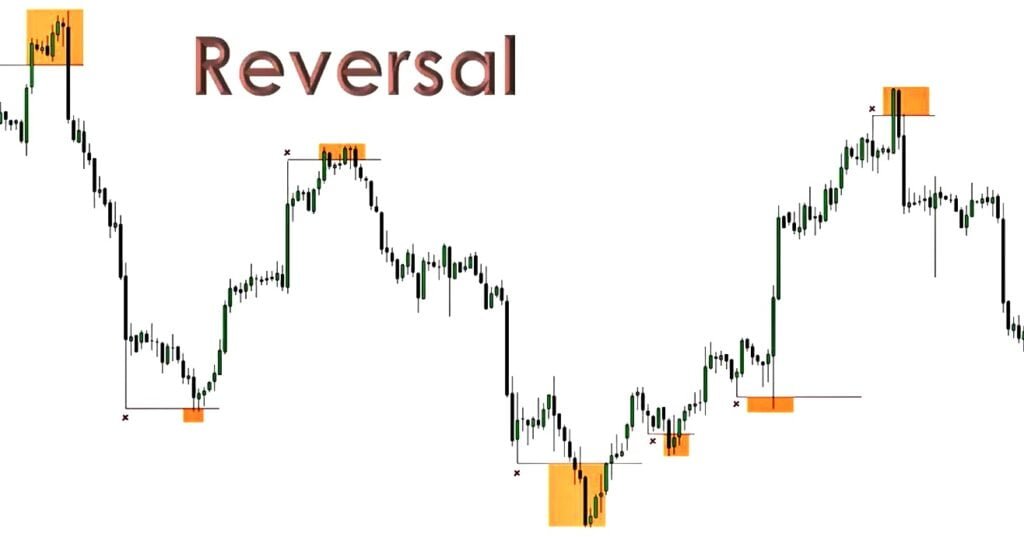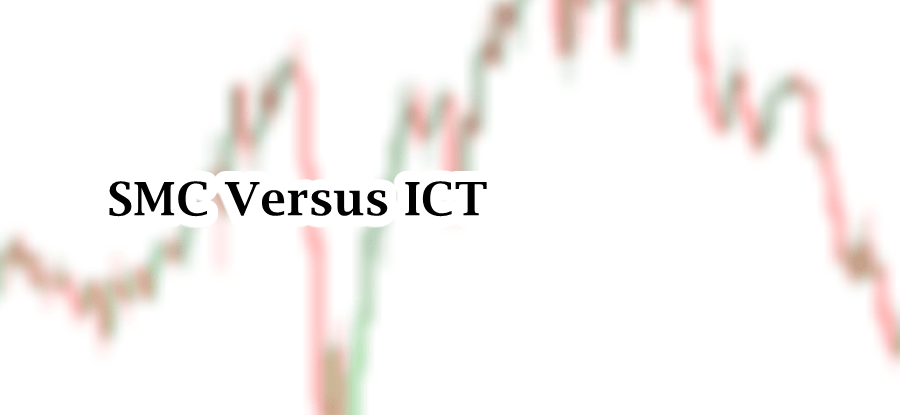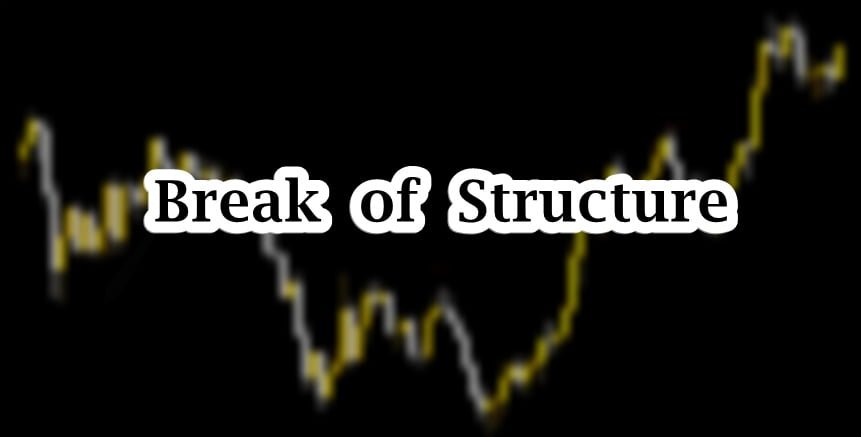
Table of Contents
Trading with institutional mind set is a difficult task. It takes time and effort to master such techniques. These trading methods are based on finding footprints of institutions and their directional bias. As a trader, your job is to find the institutional footprints. Using ICT trading method, you can dig out the trading opportunities.
ICT trading setups focuses on market context and reference points in institutional order flow. This article explores essential elements of ICT trading setups combined with ICT trading strategies.
Elements of ICT Trading Setups:
It is important to understand market as a whole and elements of a trade setup in smart money trading. In traditional approach to technical analysis, we are dependent on technical indicators and support & resistance. Traditional technical analysis and price action is limited and cannot provide the logic you want. This left traders unaware about market context.
ICT focuses on understanding market structure as whole. ICT trading concepts combine time and price action in trading for better and logical trade entries. ICT trading setups requires an in-depth understanding of ICT trading concepts. As an ICT trader, there two essential elements and concerns:
- Context or Framework surrounding the idea.
- Reference points in institutional order flow.
Context or Framework surrounding the idea.
Trading the market extends beyond simplistic reliance on support and resistance or Candlestick pattern signals; ICT trade setups demands a profound understanding of the broader context. The context refers to the prevailing market conditions, sentiment, and underlying trends that dictate price movements.
A trading signal, no matter how technically sound, holds little value if it contradicts the market’s contextual narrative. To achieve consistent success, traders must align their strategies with the overarching market environment, ensuring that their signals are not isolated but rather a coherent part of the larger market dynamics.
Context, therefore, serves as the critical foundation upon which effective trading decisions are built. In context, ICT focuses on the following market conditions:
- Expansion
- Retracement
- Reversal
- Consolidation
One these four market conditions provide strong framework and context of the market. Market in consolidation phase is preparing for Expansion. From Expansion, there came retracement, and from extremes of expansion market starts to prepare for its reversal.
Our ultimate concern is looking for consolidation phase of the market. It can be accumulation or distribution. From there it decides its expansion phase, but we don’t know whether the market is accumulated or distributed. That is the reason that an ICT trader wait for the first expansion move. The first expansion move decides which side has the control of the market. It is normal that a trader does not catch all moves. We wait for the opportunities.
Expansion
Expansion is when price moves quickly from a level of Equilibrium (consolidation). It’s a direction covered by price and denotes institutional interest. When price leaves a level quickly, leaving an imbalance, it indicates trend strength and willingness on the part of institutions. ICT trader look for the order block which is placed at or near the Consolidation phase.
ICT traders recommend that do not chase the price and wait for the price to reach the order block level.

Retracement
Retracement is normally referred to as pull back inside the recently created price range. It can offer potential entry points. It is important in the case when there are fair value gaps or liquidity voids.

Reversal
Reversal is the moving of price in opposite direction. Reversal are top and bottom reversals. It changes the current direction of trend into opposite direction. In ICT, reversal indicates that institutions have ran a level of stops and a new move in opposite direction has taken place.
Our important areas to look for is the liquidity pools just above an old price high and just below an old price low.

Consolidation
It is also known as lateralization period of market. During the period, market moves inside a clear trading range and shows no willingness to move significantly higher or lower. Accumulation or distribution by institutions leads to new expansion.
The important for us is to wait for impulse move or swing in price away from the equilibrium price level.
Reference points in Institutional Order Flow
In institutional order flow, reference points are pivotal in constructing a robust ICT trading setups in trading. These points are identified through four key criteria: expansion, retracement, consolidation, and reversal.
Expansion marks the directional thrust where institutional activity drives price, indicating trend strength. Retracement follows as price pulls back, often towards significant levels, offering potential entry points.
Consolidation represents periods of market equilibrium, where price ranges within defined bounds, signaling preparation for a breakout. Reversal occurs when the trend shifts, highlighting a change in institutional sentiment.
By analyzing these elements within the broader market context, traders can pinpoint precise reference points, enhancing trade accuracy and alignment with institutional flows. These reference points can help traders constructing ICT trading setups. The following are the elements we look for in such situations:
- Order block
- Fair value gaps and liquidity voids
- Liquidity pools and stop runs
- Equilibrium
The following are the points considered and analyzed, along with above mentioned, in ICT trading strategy:
- Market Structure is composed of higher highs & higher low and Lower lows & lower highs. In helps us to understand the trend of the market. Higher highs and higher lows in uptrend, and lower highs and lower lows in downtrend. These are the swing highs and lows. A change in trend occurs when market breaks previous high or lows.
- Liquidity pools and Liquidity voids are two important concepts that are analyzed in market along with market structure. Liquidity pools are the points where stoploss or pending order are likely to be located. These points can be swing highs or swing lows. Liquidity voids are those where prices move displaces rapidly. It leaves a gap which the market revisit to collect orders that needs to be executed.
- ICT emphasizes the importance of specific times during the trading day, such as the London open, New York open, and the London close.
- A Fair Value Gap occurs when there’s an imbalance in the price, creating a gap between the opening and closing of consecutive candles. This gap can act as a support or resistance area when price revisits it.
- Another important ICT concept is Order Blocks. Order Blocks are areas of consolidation before a price swing. These areas are considered as important because institutions have placed large orders. That is the reason these are also known as supply and demand zones.
- Equilibrium is the 50% level of a significant price move (from a swing low to a swing high or vice versa). Price often retraces to this level before continuing in the original direction. This equilibrium level is also important in consolidation phase and known as consequent encroachment.
These elements help traders to analyze the market, identify high-probability ICT trading setups, and manage risk effectively. The ICT method requires a deep understanding of market mechanics and patience to wait for the right setups.
Final Note
When applying ICT (Inner Circle Trader) concepts, it’s vital to understand that trading carries inherent risks. While these ICT trading setups offer a structured approach to trading, they are not foolproof and require thorough study, practice, and risk management. Past performance does not guarantee future results, and significant financial loss is possible. Traders should only risk capital they can afford to lose. Always conduct independent research and consider seeking advice from a certified financial advisor before implementing any trading strategy. Your financial well-being should be your top priority.
Frequently Asked Questions (FAQs)
What is ICT Trading?
ICT (Inner Circle Trader) trading is a methodology developed by Michael J. Huddleston, focusing on market structure, liquidity, and price action to make informed trading decisions.
Is ICT suitable for beginners?
ICT concepts can be challenging for beginners due to their complexity. It’s recommended to have a solid understanding of basic trading principles before diving into ICT strategies.
How long does it take to master ICT concepts?
Mastery of ICT concepts varies for each individual, but it generally requires several months to years of consistent study, practice, and backtesting.
Are ICT strategies effective in all market conditions?
ICT strategies are designed to adapt to various market conditions, but their effectiveness can vary based on the trader’s understanding and application of the concepts.
I’m Abdullah Shah, a content writer with three years of experience in crafting engaging and informative content. My background in market analysis complements my work, allowing me to create content that resonates with audiences. I’m also a seasoned practitioner in the forex and crypto markets, with a strong foundation and deep interest in finance. My passion for the financial world drives me to produce content that is both insightful and valuable for those interested in understanding market trends and financial strategies.





